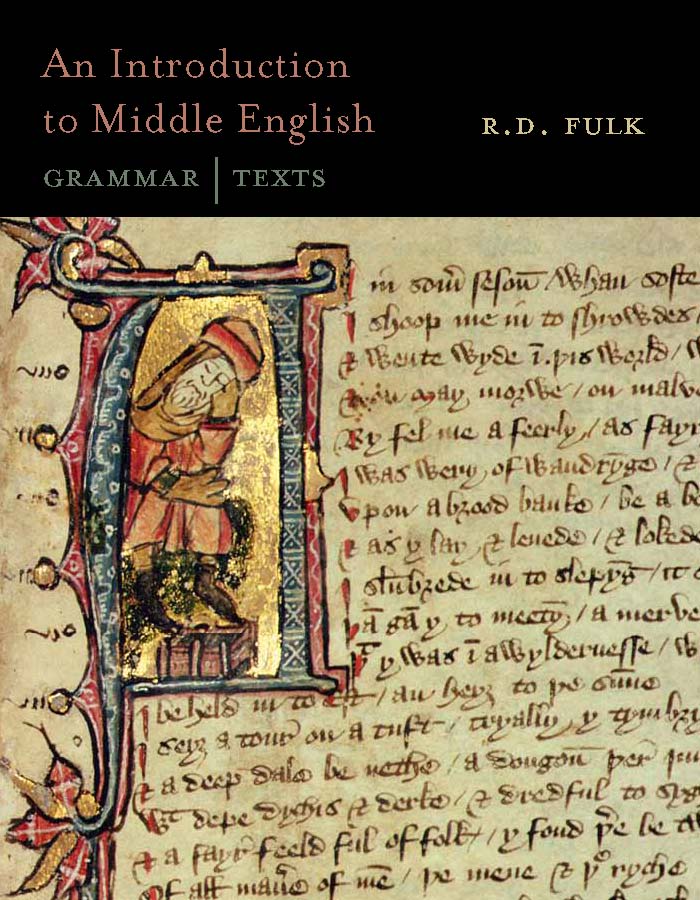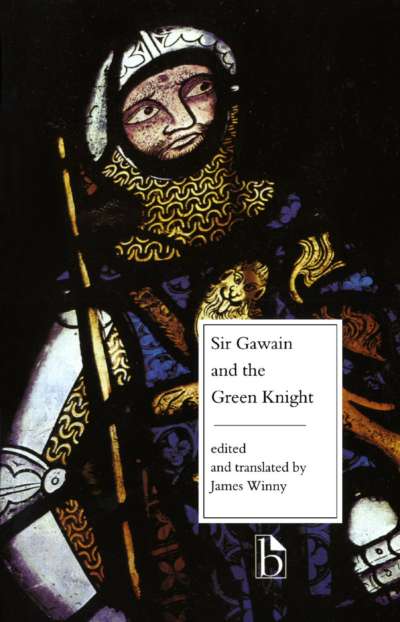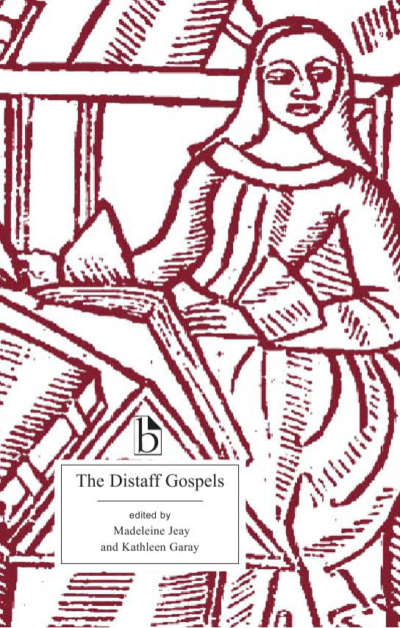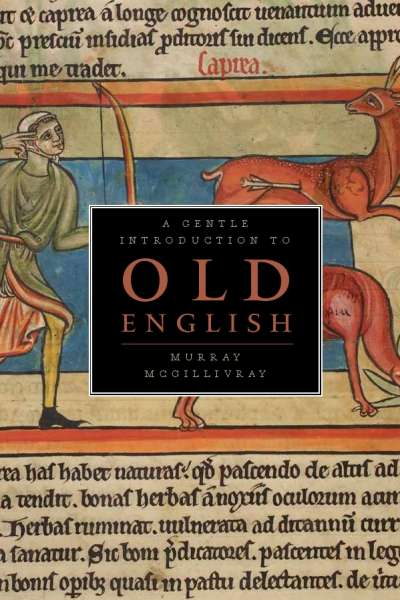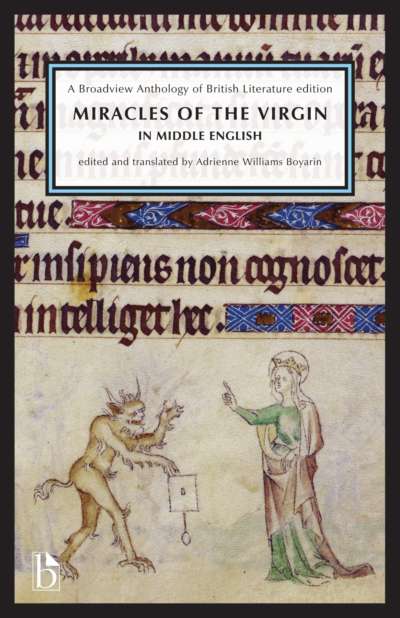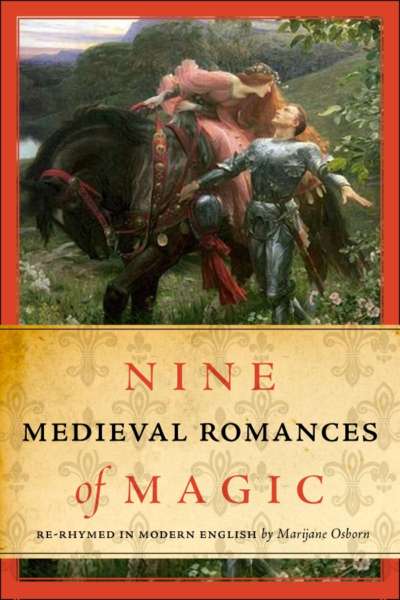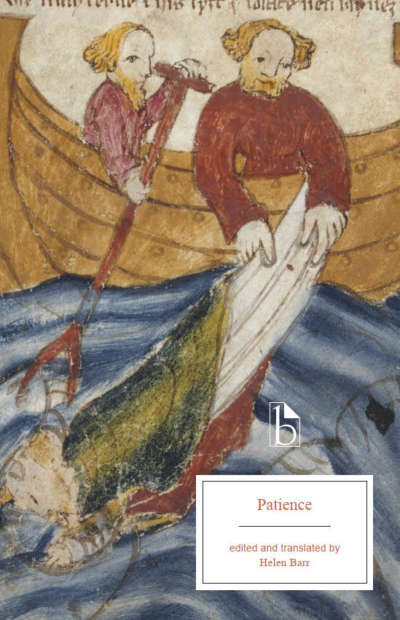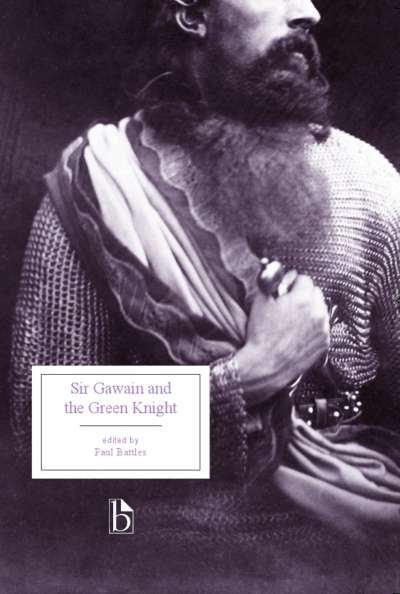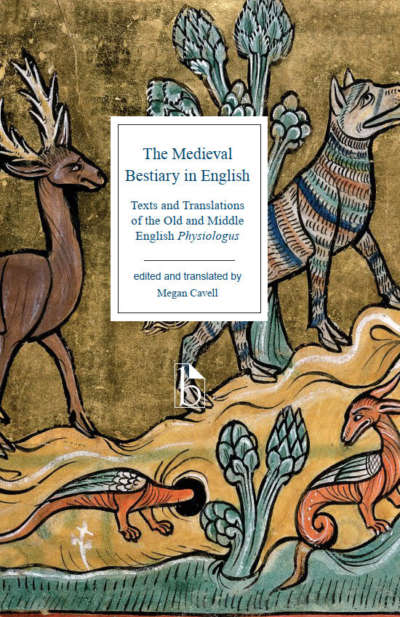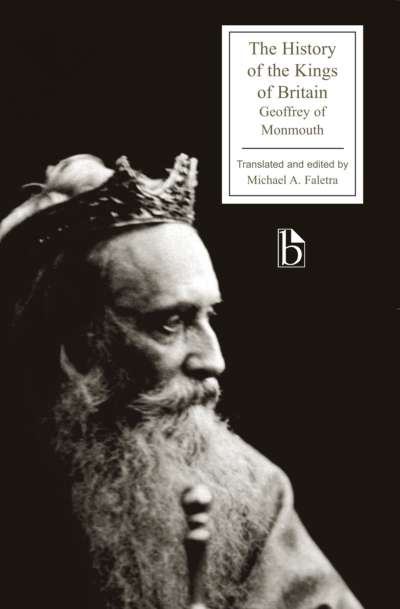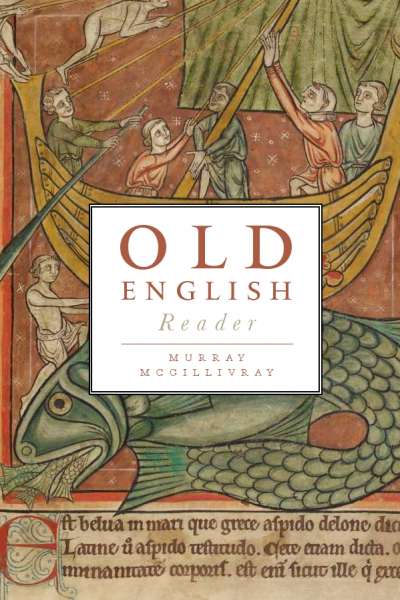An Introduction to Middle English combines an elementary grammar of the English language from about 1100 to about 1500 with a selection of texts for reading, ranging in date from 1154 to 1500. The grammar includes the fundamentals of orthography, phonology, morphology, syntax, regional dialectology, and prosody. In the thirty-eight texts for reading are represented a wide range of Middle English dialects, and the commentary on each text includes, in addition to explanatory notes, extensive linguistic analysis.
The book includes many useful figures and illustrations, including images of Middle English manuscripts as an aid to learning to decipher medieval handwriting and maps indicating the geographical extent of dialect features. This introduction to Middle English is based on the latest research, and it provides up-to-date bibliographical guidance to the study of the language.
Comments
“This is an astoundingly rich book, which replaces in one fell swoop all other introductions to Middle English. Fulk has magisterially digested the sometimes dramatic developments of the past fifty years and presents the reader with a comprehensive, lucid and elegantly written account of the grammar of Middle English, its syntax, and its dialect variations. The core of the book is a fine anthology of Middle English texts, ranging from the twelfth to fifteenth centuries, girded with insightful commentaries and a selective glossary. Fulk’s Introduction is to last a generation, and more.” — Rolf Bremmer, Leiden University
“Middle English is not taught as often as it should be. Thanks to this exciting new Introduction to Middle English, it may see a revival! The book consists of a detailed and sophisticated, yet thoroughly enjoyable, Grammar. It also contains excerpts from 38 texts organized in a chronological order. The excerpts are well chosen and each is introduced and followed by insightful linguistic commentary and notes. A glossary completes the book. This Introduction will appeal to students of linguistics and literature alike.” — Elly Van Gelderen, Arizona State University
LIST OF CHARTS
LIST OF FACSIMILES
LIST OF FIGURES
LIST OF ABBREVIATIONS
PREFACE
GRAMMAR
I. HISTORY, ORTHOGRAPHY, AND PRONUNCIATION
A. Historical overview
- 1. The transition from Old to Middle English. 2. The transition from Middle to Modern English.
B. Orthography
- 3. Phonetic symbols and phonological terms. 4. The alphabet. 5. Sounds and
spelling: consonants. 6. Sounds and spelling: vowels. 7. Sample spellings of
stressed vowels.
II. PHONOLOGY
A. Stress and syllables
- 8. Lexical stress and syllabification. 9. Phrasal stress.
B. Stressed vowels
10. Vowels at the close of the OE period.
- Quantitative variation: shortening
11. Shortening before consonant groups. 12. Trisyllabic shortening.
- Quantitative variation: lengthening
13. Lengthening before homorganic consonant clusters. 14. Lengthening in open syllables. 15. Compensatory lengthening. 16. Quantity in words borrowed from French.
- Qualitative variation: native vowels
17. The OE short low vowels. 18. OE æ. 19. OE ā. 20. OE ý.
21. OE ō. 22. OE diphthongs. 23. The rise of new front diphthongs.
24. The rise of new back diphthongs.
- Qualitative variation: non-native vowels
25. Vowels in borrowings from Old Norse. 26. Vowels in borrowings from French.
27. Summary of developments in the stressed vowels. 28. The Great Vowel Shift.
C. Vowels in syllables of lesser stress
- 29. Centralization and laxing of unstressed vowels. 30. Loss of final -e. 31. Loss of /ə/ in syllables closed by a final consonant. 32. Disyllabic and polysyllabic stems. 33. Vowels of prefixes. 34. Unaccented words.
D. Consonants
- 35. The consonant system of Middle English. 36. Voicing and devoicing.
37. Assimilation. 38. Deletion. 39. ME ȝ and the development of glides.
40. Metathesis, epenthesis, metanalysis. 41. Some dialectal developments.
III. MORPHOLOGY
A. Nouns
- 42. Declension in Old English. 43. Reduction of case distinctions. 44. Elimination of grammatical gender. 45. Three declensional classes. 46. Exceptions to the general trend. 47. The inflectional morphology of loaned French nouns.
B. Adjectives
- 48. Definite and indefinite inflection. 49. Strong and weak inflection in ME.
50. Comparison of adjectives.
C. Numerals
- 51. Cardinal numbers. 52. Ordinal numbers.
D. Pronouns and articles
53. Historical development.
- Personal pronouns
54. First and second persons. 55. Third person. 56. Possessive pronouns.
- Demonstrative pronouns and articles
57. The definite article. 58. Demonstrative þat. 59. Demonstrative þis.
60. Other demonstratives and articles.
- Interrogative pronouns
61. The OE types and their development.
- Relative pronouns
62. The OE types and their development.
- Indefinite pronouns
63. Inventory.
E. Verbs
64. Background.
- Inflections
65. Inflections of the present tense. 66. Inflections of the preterite.
- Stems: strong
67. Sample paradigm of a strong verb. 68. Principal parts and chief developments.
69. Alternate stem types. 70. The seven classes of strong verbs.
71. Strong class 1. 72. Strong class 2. 73. Strong class 3. 74. Strong class 4.
75. Strong class 5. 76. Strong class 6. 77. Strong class 7.
- Stems: weak
78. The OE background. 79. Sample paradigms. 80. Variant stem types
of regular verbs. 81. Examples of the stem types. 82. Irregular weak verbs.
- Preterite-present verbs
83. Background. 84. Inventory.
- Athematic verbs
85. Background. 86. The verb ben. 87. The verb don. 88. The verb
gon.
89. The verb willen.
IV. MORPHOSYNTACTIC CHANGE, SYNTAX, AND SEMANTICS
A. Historical overview
- 90. Syntactic and morphosyntactic change.
B. The noun phrase and its elements
- Morphosyntactic properties of nouns and adjectives
91. Gender. 92. Case. 93. Number. 94. Substantive adjectives. 95. Adjective
complements. 96. Comparison of adjectives and adverbs. 97. Placement of
adjectives. 98. The position of quantifiers.
- Articles and pronouns
99. Rise of the indefinite article. 100. The particularizing pronoun one.
101. Reflexive pronouns. 102. Familiar and formal pronouns in forms of address. 103. Relative pronouns and their antecedents. 104. Ellipsis of relative pronoun.
- Subjects and direct objects
105. Ellipsis of the subject. 106. Pleonastic subjects. 107. Compound subjects. 108. Ellipsis of the object. 109. Pleonastic object.
C. The prepositional phrase
- 110. The preposition of. 111. The prepositions mid and wiþ. 112. The preposition to.
113. The preposition into. 114. The expression of agency in passive constructions.
115. Postpositive prepositions. 116. Preposition stranding. 117. Prepositions with pronominal objects.
D. The verb phrase
- 118. Tense and aspect. 119. Mood: imperative. 120. Mood: subjunctive. 121. Mood: interrogative. 122. Impersonal and passive constructions. 123. Existential constructions. 124. Negation. 125. Auxiliaries. 126. Infinitive constructions.
E. The clause
- 127. Position of adverbial elements. 128. Position of objects. 129. Extraposition from
clauses. 130. Subordinating conjunctions. 131. Placement of the verb.
V. REGIONAL DIALECTOLOGY
- Factors in dialect variation
132. Orthography and phonology. 133. Mischsprachen. 134. The nature of
regional variation.
- Dialect maps
135. The Middle English dialect atlases. 136. LALME maps.
137. Some major isoglosses: introduction. 138. Some major isoglosses:
descriptions.
VI. POETIC FORM
139. Poetic types.
A. Isochronous verse
- Scansion
140. Metrical feet. 141. Unstressed vowels. 142. Trisyllables. 143. Synizesis.
144. Metrical properties of borrowings from French.
- Forms
145. Narrative forms. 146. Lyric forms. 147. The septenarius.
B. Anisochronous verse
- 148. Historical background. 149. Early ME alliterative verse. 150. The Alliterative
Revival. 151. The alliterative form in the fourteenth century.
TEXTS
A NOTE ON THE TEXTS
TWELFTH CENTURY
- The Peterborough Chronicle
- The Soul’s Address to the Body
- The Ormulum
- Poema morale
THIRTEENTH CENTURY
- Ancrene Wisse
- La3amon, Brut
- Kentish Sermons
- The Physiologus
- Seinte Marherete
- The Proverbs of Alfred
- The 1258 Proclamation of Henry III
- The Fox and the Wolf
- Ubi sunt qui ante nos fuerunt?
- The Thrush and the Nightingale
- King Horn
- The Owl and the Nightingale
- Havelok
- The Chronicle of Robert of Gloucester
FOURTEENTH CENTURY
- Cursor Mundi
- Robert Mannyng of Brunne, Handlyng Synne
- Dan Michel of Northgate, Ayenbyte of Inwyt
- Laurence Minot, The Siege of Calais
- Richard Rolle, Three Exempla
- The Stanzaic Morte Arthur
- Patience
- The Alliterative Morte Arthure
- William Langland, Piers Plowman
- John Barbour, The Bruce
- John of Trevisa, Translation of Ranulph Higden’s Polychronicon
- Petition of the Company of Mercers of London to Parliament (1388)
- John Gower, Confessio Amantis
- Geoffrey Chaucer, The Nun’s Priest’s Tale, from The Canterbury Tales
FIFTEENTH CENTURY
- Thomas Hoccleve, La male regle
- John Lydgate, The Siege of Thebes
- The Book of Margery Kempe
- Margaret Paston, Two Letters to John Paston I (1444, 1448)
- The Wakefield Second Shepherds’ Play
- Robert Henryson, The Testament of Cresseid
APPENDIX
GLOSSARY
REFERENCES
R.D. Fulk is the Class of 1964 Chancellor’s Professor of English at Indiana University, Bloomington.

